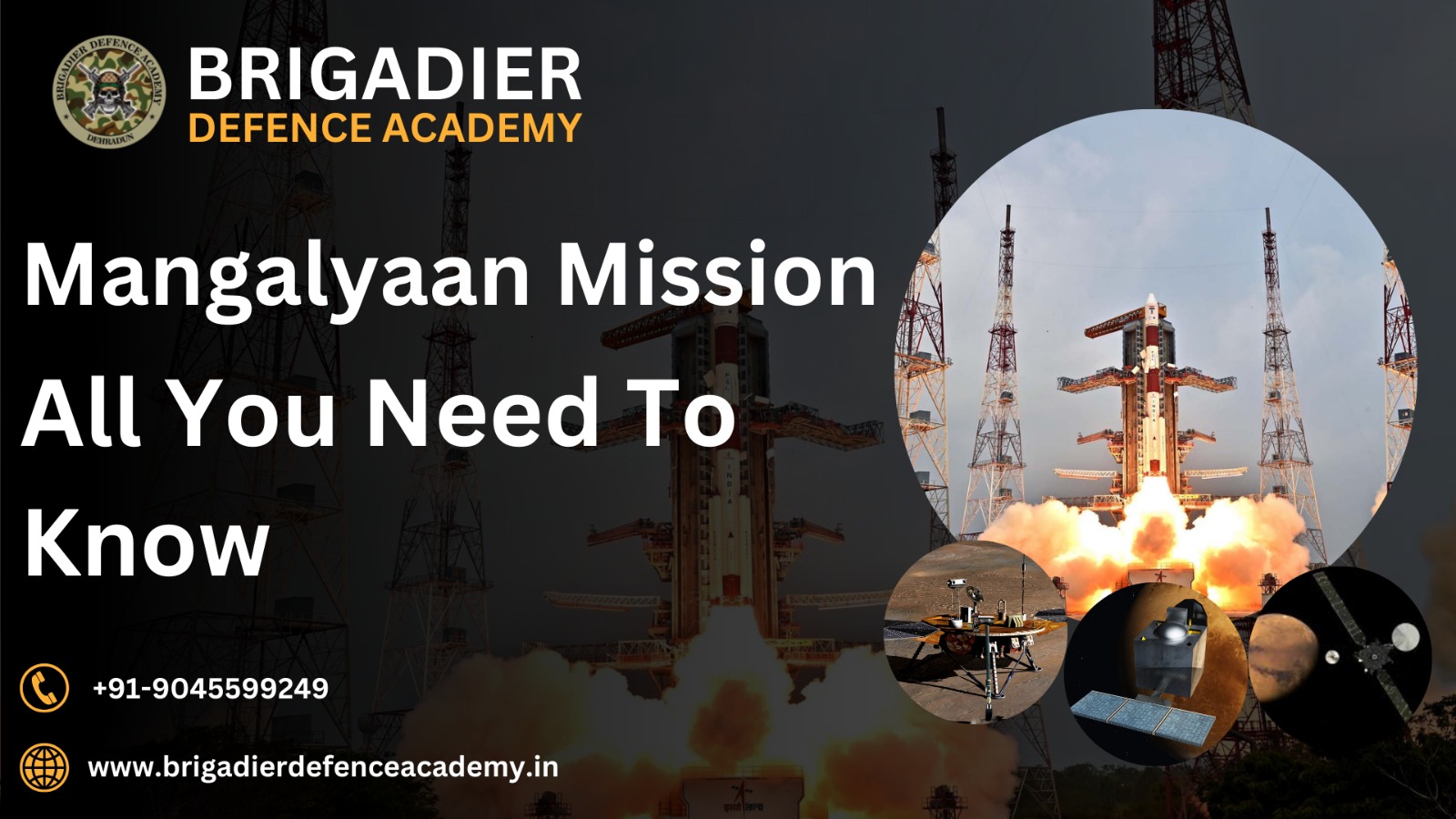- Posted on
- Manya
- No Comments
Introduction to Mangalyaan Mission:
The Mangalyaan Mission, also known as the Mars Orbiter Mission (MOM), stands as a testament to India’s prowess in space exploration and technological innovation. Launched by the Indian Space Research Organisation (ISRO), Mangalyaan holds significant scientific and strategic importance, marking India’s successful entry into interplanetary exploration. This article delves into the intricacies of the Mangalyaan Mission, its objectives, achievements, and the broader impact on space exploration.
Historical Context and Mangalyaan Mission Inception:
The idea of sending an Indian spacecraft to Mars was conceptualized as early as the 1990s, reflecting India’s aspirations to venture beyond Earth’s orbit. The formal planning for the Mangalyaan Mission began in the early 2000s, culminating in the spacecraft’s launch on November 5, 2013, from the Satish Dhawan Space Centre in Sriharikota.
Objectives of Mangalyaan Mission:
The primary objectives of the Mangalyaan Mission were twofold: to showcase India’s technological capabilities in interplanetary missions and to conduct scientific research on Mars. Key scientific goals included studying the Martian surface, atmosphere, and mineral composition, as well as analyzing methane levels to gather insights into potential signs of past or present life.
Mission Architecture and Spacecraft Design:
The Mangalyaan spacecraft was designed and developed indigenously by ISRO scientists and engineers. It comprised crucial components such as the Mars Orbiter and scientific instruments for data collection and analysis. The spacecraft’s architecture and payload were optimized to withstand the rigors of space travel and perform scientific observations during its journey to Mars.
Launch and Trajectory to Mars:
The launch of Mangalyaan aboard the Polar Satellite Launch Vehicle (PSLV-C25) marked a significant milestone for ISRO and India’s space program. The spacecraft embarked on a complex trajectory towards Mars, utilizing gravitational assists from Earth and a series of orbital maneuvers to achieve the required trajectory for Martian insertion.
Technological Innovations and Challenges:
The Mangalyaan Mission showcased several technological innovations, including autonomous navigation, deep space communication, and onboard autonomy for critical decision-making during the mission. Overcoming challenges such as long-duration space travel, radiation exposure, and precision orbital maneuvers demonstrated ISRO’s engineering expertise and problem-solving capabilities.
Scientific Discoveries and Data Collection:
Since its arrival in Mars’ orbit on September 24, 2014, Mangalyaan has provided valuable scientific data and insights into the Martian environment. Discoveries related to the presence of water molecules, seasonal changes, dust storms, and geological features have contributed significantly to our understanding of Mars and planetary science.
International Collaboration and Global Recognition:
The Mangalyaan Mission garnered international acclaim and recognition for India’s achievements in space exploration. It strengthened collaborations with space agencies worldwide and inspired future generations of scientists, engineers, and space enthusiasts to pursue ambitious space missions and scientific research.
Impact on India’s Space Program and Future Missions:
Mangalyaan’s success bolstered ISRO’s reputation as a reliable and cost-effective space agency capable of undertaking complex missions. It paved the way for subsequent missions such as Chandrayaan-2 (lunar exploration) and positioned India as a key player in the global space community. Future missions may build upon Mangalyaan’s legacy, including potential Mars rovers or sample return missions.
Conclusion:
The Mangalyaan Mission represents a landmark achievement in India’s space exploration journey, blending scientific curiosity, technological innovation, and national pride. Its success underscores the capabilities of ISRO and the collaborative efforts of scientists, engineers, and stakeholders involved in the mission. As India continues to push boundaries in space exploration, Mangalyaan remains a shining example of India’s quest for knowledge and exploration beyond Earth’s boundaries.
FAQs about Mangalyaan Mission (Mars Orbiter Mission)
- What is the Mangalyaan Mission?
- The Mangalyaan Mission, also known as the Mars Orbiter Mission (MOM), is an interplanetary mission launched by the Indian Space Research Organisation (ISRO) to explore Mars.
- When was Mangalyaan launched?
- Mangalyaan was launched on November 5, 2013, from the Satish Dhawan Space Centre in Sriharikota, India.
- What are the primary objectives of Mangalyaan?
- The primary objectives of the Mangalyaan Mission were to demonstrate India’s technological capabilities in interplanetary missions and to conduct scientific research on Mars, including studying its atmosphere, surface, and potential signs of life.
- How long did it take for Mangalyaan to reach Mars?
- Mangalyaan took approximately 300 days to reach Mars after its launch from Earth.
- What is the significance of Mangalyaan’s successful Mars insertion?
- Mangalyaan’s successful insertion into Mars’ orbit on September 24, 2014, made India the first Asian country to reach Mars orbit and the fourth space agency in the world to do so.
- What are some of the technological innovations demonstrated by Mangalyaan?
- Mangalyaan showcased technological innovations such as autonomous navigation, deep space communication, and onboard autonomy for decision-making during critical phases of the mission.
- What scientific discoveries has Mangalyaan made about Mars?
- Mangalyaan has provided valuable data and insights into Mars, including the presence of water molecules, seasonal changes, dust storms, geological features, and the analysis of methane levels.
- How has Mangalyaan impacted India’s space program?
- Mangalyaan’s success has strengthened ISRO’s reputation as a reliable and cost-effective space agency capable of undertaking complex interplanetary missions. It has also inspired future missions and collaborations in space exploration.
- What are some follow-up missions or plans related to Mangalyaan?
- While there are no direct follow-up missions to Mangalyaan, its success has paved the way for other ambitious missions such as Chandrayaan-2 (lunar exploration) and potential future Mars exploration missions.
- How can the public stay updated about ISRO’s space missions and activities?
- The public can stay updated about ISRO’s space missions, including Mangalyaan and upcoming projects, by visiting the official ISRO website, following ISRO’s social media channels, and accessing reliable news sources covering space exploration.







